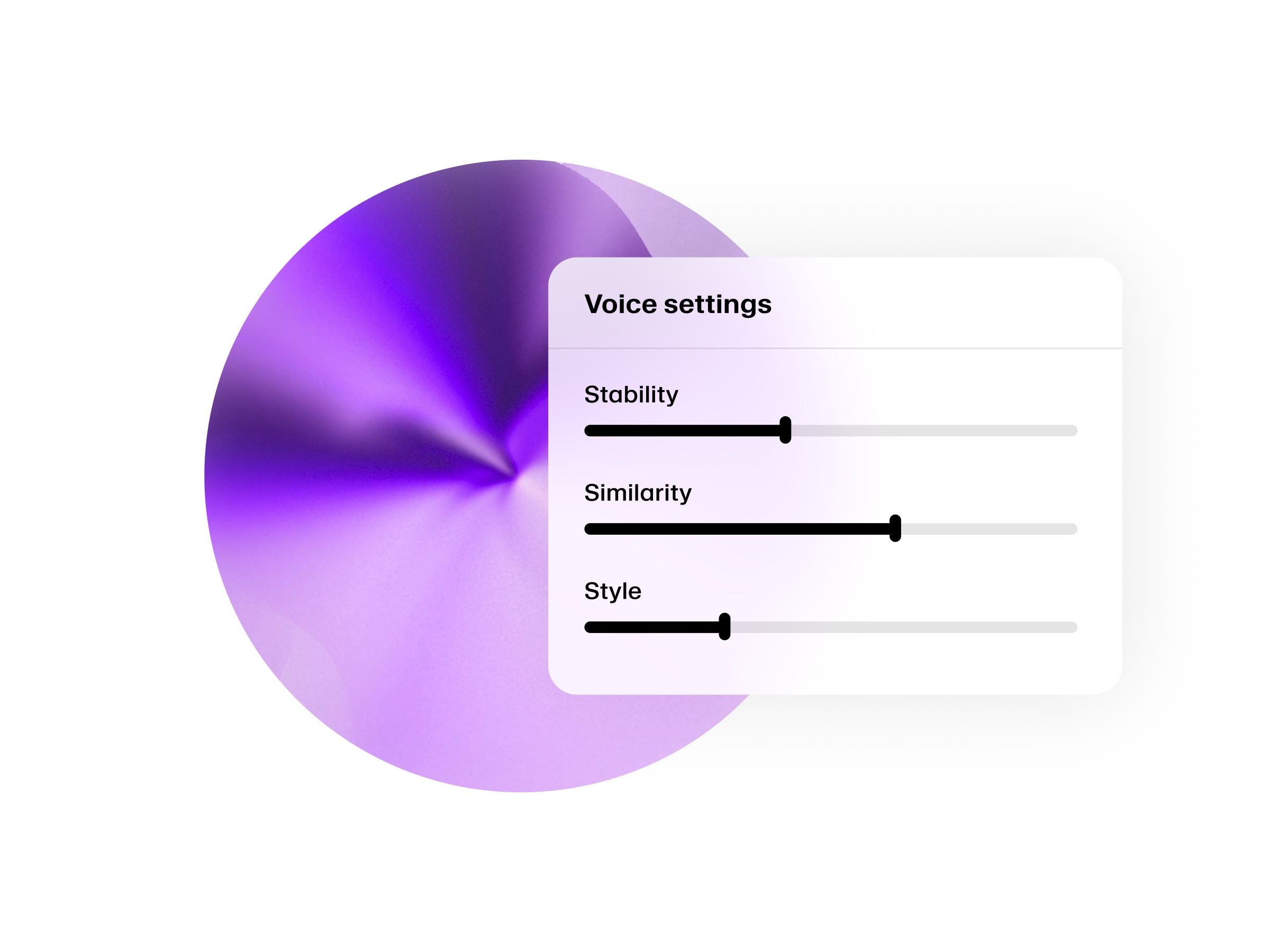ENTERPRISE
Get access to all models and features at a price that scales with you

✓ Enterprise-level SLAs
✓ Dedicated support
✓ Priority access
✓ API access
✓ Unlimited seats
✓ Volume discounts
Automate video voiceovers, ad reads, podcasts, and more, in your own voice
Our highest quality voice clones are virtually indistinguishable from the real thing. Perfect for videos, audiobooks, podcasts, video games and more.

Clone your voice with only a few minutes of audio. Create a voice that sounds just like you and use it to generate speech in any of our more than 70 supported languages

Discover how to use the Text to Speech generator, choose between models like Eleven Multilingual v2 and Eleven v3 (alpha), and fine-tune your audio with dialogue tags. You'll also learn how to create custom voices using the Voice Design tool, and how to download and share your creations.
Train a custom voice model using your own recordings to create consistent and personalized AI voice clone

Capture the unique characteristics of your voice with advanced modeling that preserves your tone, inflection, and emotional range

Train the model on the speaking style you intend to use. Adjust the voice settings to suit your production requirements

Our streamlined cloning process is designed to deliver your custom voice model swiftly and safely, so you can start recording straight away

Our security protocols and proprietary Voice Captcha mechanism ensure your voice data is protected at all times
ENTERPRISE

✓ Enterprise-level SLAs
✓ Dedicated support
✓ Priority access
✓ API access
✓ Unlimited seats
✓ Volume discounts
Powered by ElevenLabs Agents